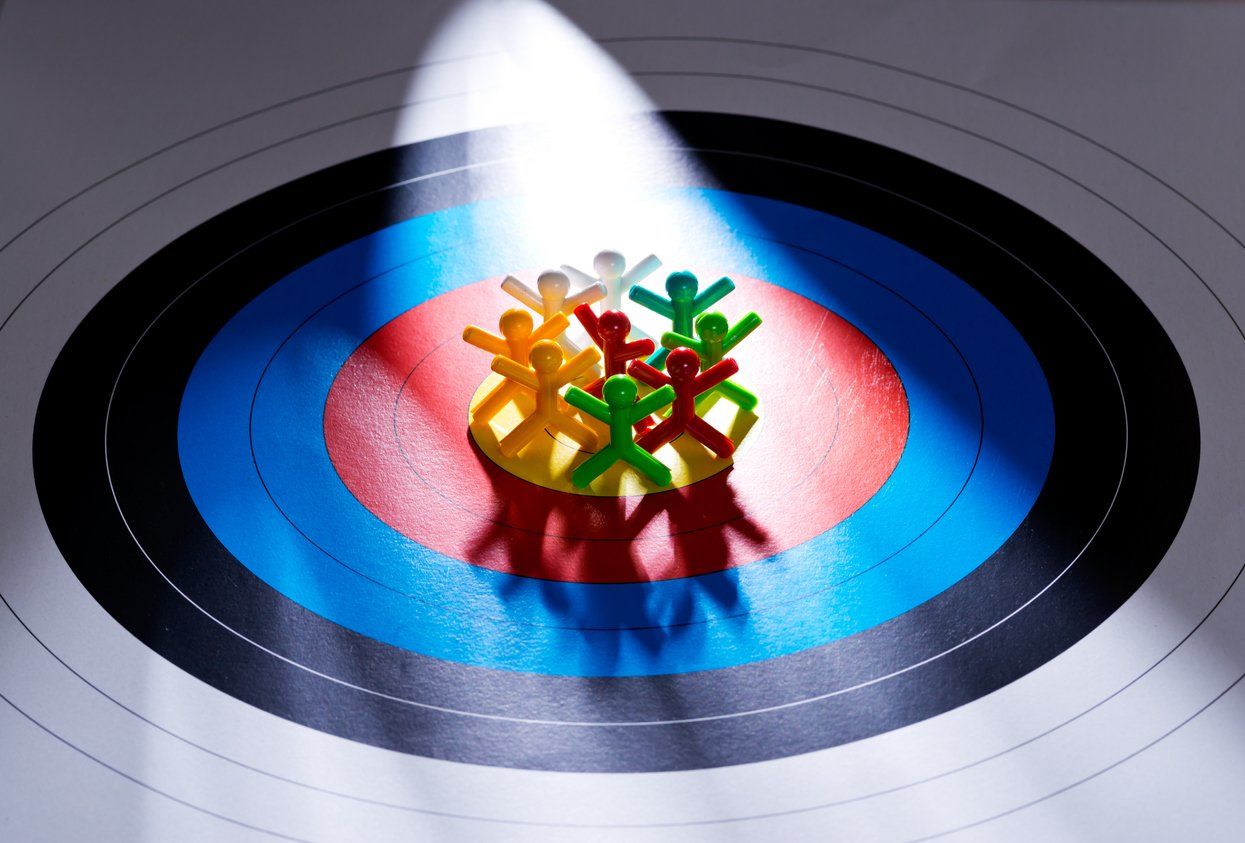Focus on Results

Since we tend abandon more than half of our New Year’s Resolutions, we don’t achieve the goals we enthusiastically set for ourselves at the beginning of the new year. During the busyness of daily life, we often stop prioritizing our time to fulfill our resolutions.
Similarly, many organizations fail to achieve all the goals they set during annual planning. Sometimes this is due to changes in the business environment. More commonly it is a lack of focus. It can be tempting to do the tasks that are in front of us, to do seemingly urgent tasks first so we can then focus on more important work. However, the little tasks often take so much time that we seldom get the important work completed. Despite being frustrated at quarter end with our mediocre progress, we repeat our ineffective approach again and again. How can we overcome this negative cycle?
Success comes with consistently focusing on results. At the beginning of every work day, read your organization’s mission and its current goals. Remind yourself exactly what you are to achieve every day or every week towards organizational success. Most people say they are not clear what is expected of them at work day-by-day.
For an organization to achieve its goals, it is important for each individual to achieve theirs. It is the responsibility of leaders to ensure that each employee has one or two measurable goals that support one or more organizational goals. The next step is for the supervisor and employee to determine one to three measurable key performance indicators (KPIs) that will be measured daily or weekly to assess if the employee is doing the work that is most likely to result in achieving the goals. Are the individuals focusing on tasks that will yield the desired results?
For someone with a goal of producing 500 widgets who works 50 weeks per year, the weekly goal is 10 widgets and the daily KPI would be 2 widgets. When they track daily, and on Monday they enter 1½ widgets in their tracking sheet, both the individual and the supervisor know that something has to be done differently on Tuesday because if this trend continues they will only produce 375 widgets in the year. Tracking a KPI daily or weekly, helps everyone focus on the intended results. When they are off track, they are alerted to the need to overcome the obstacles in their way so the annual goal can be met.
In summary, regularly measuring a key performance indicator positions individuals and organizations for workplace success. What is your big goal? What are the measurable daily or weekly key performance indicators you can focus on to get there?
